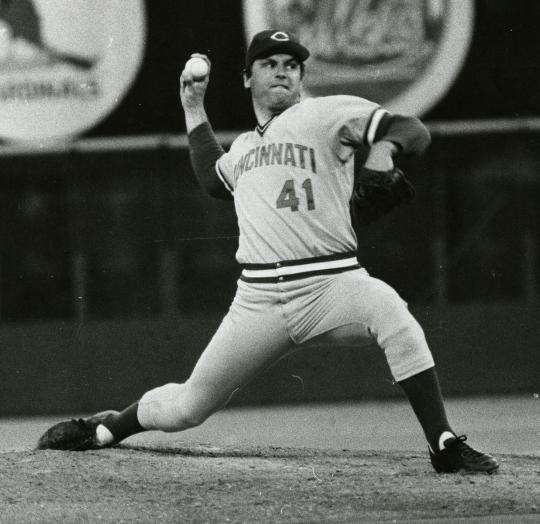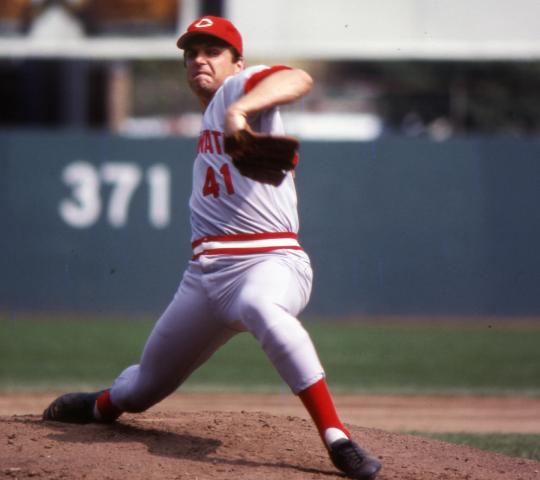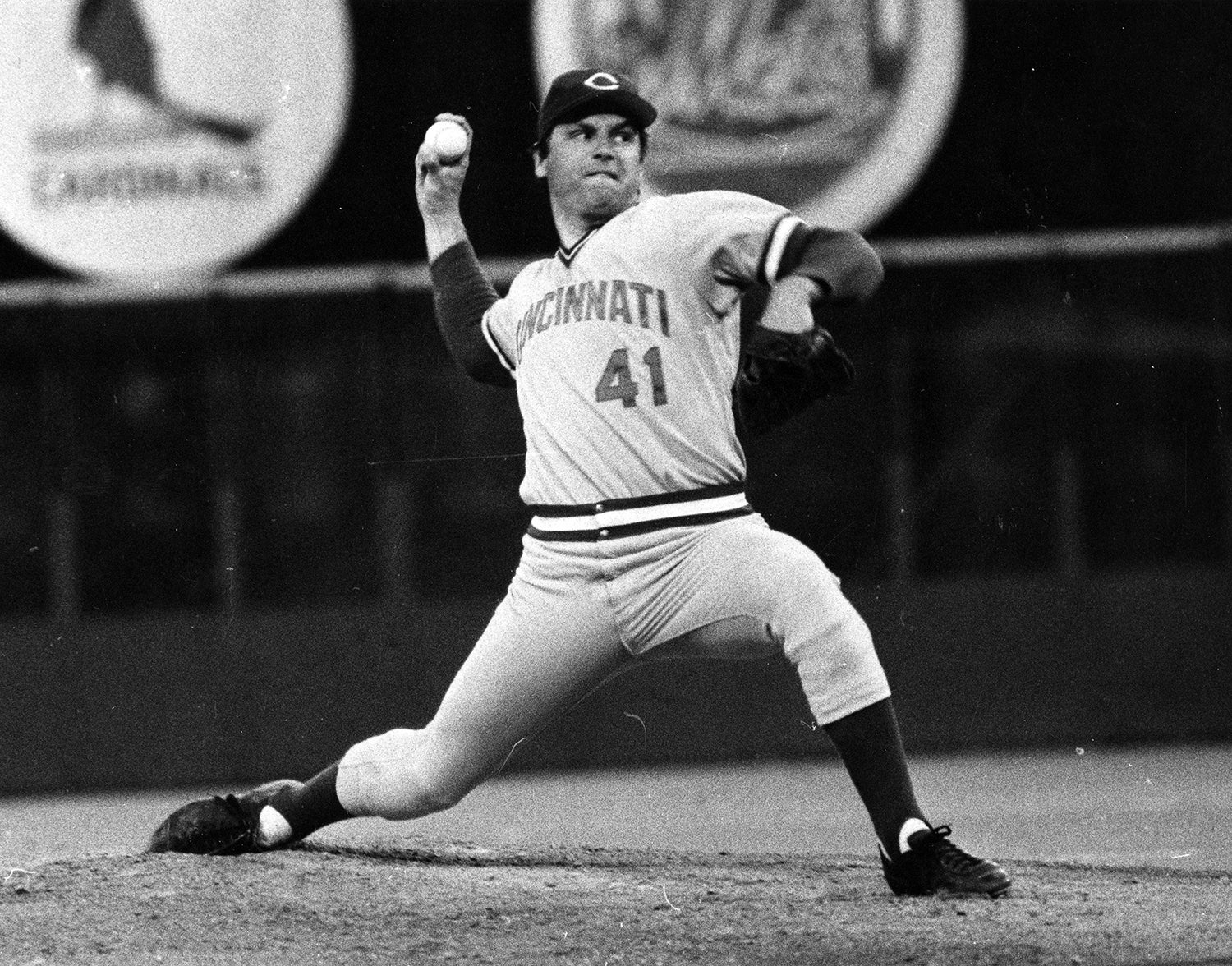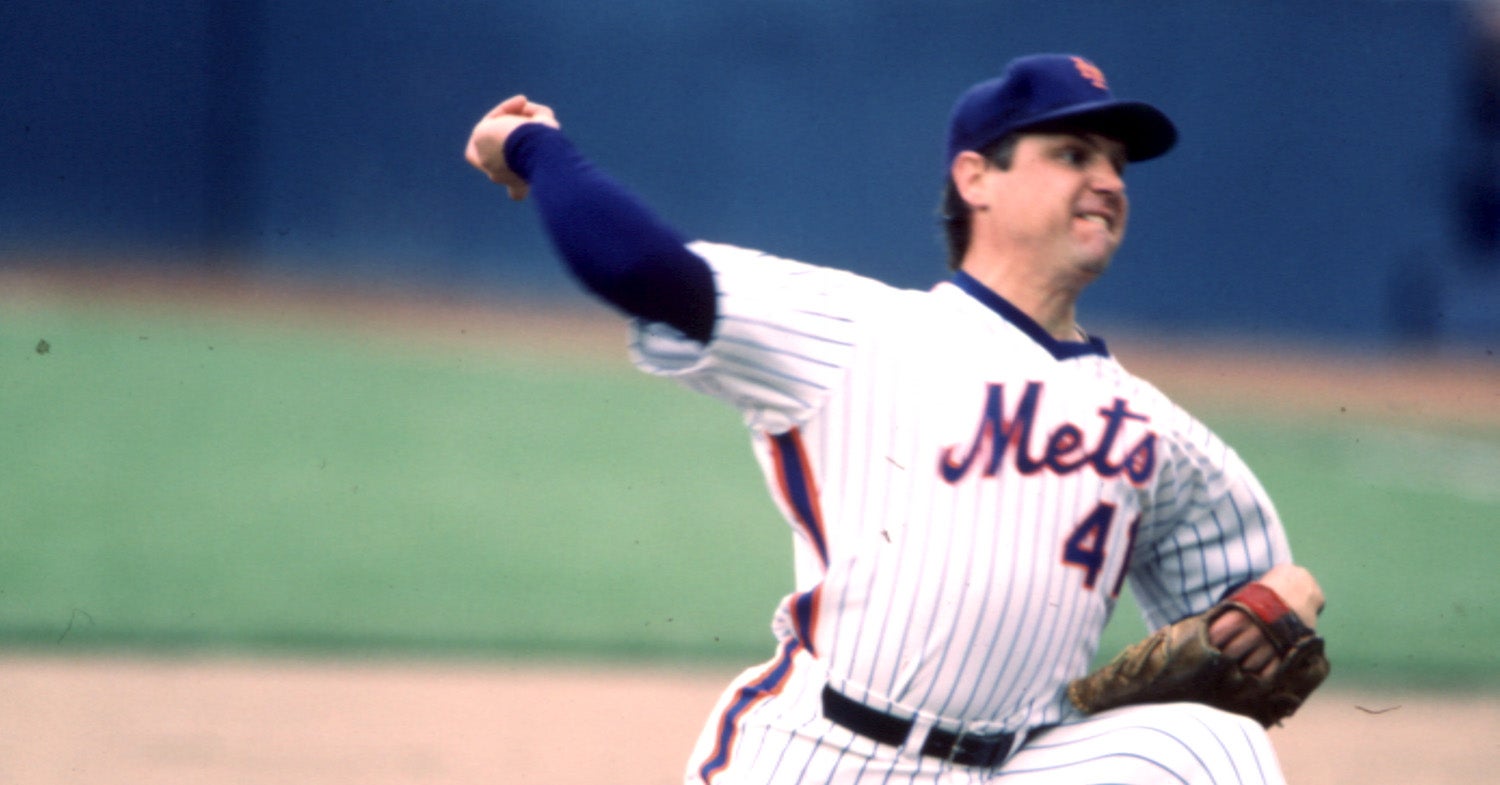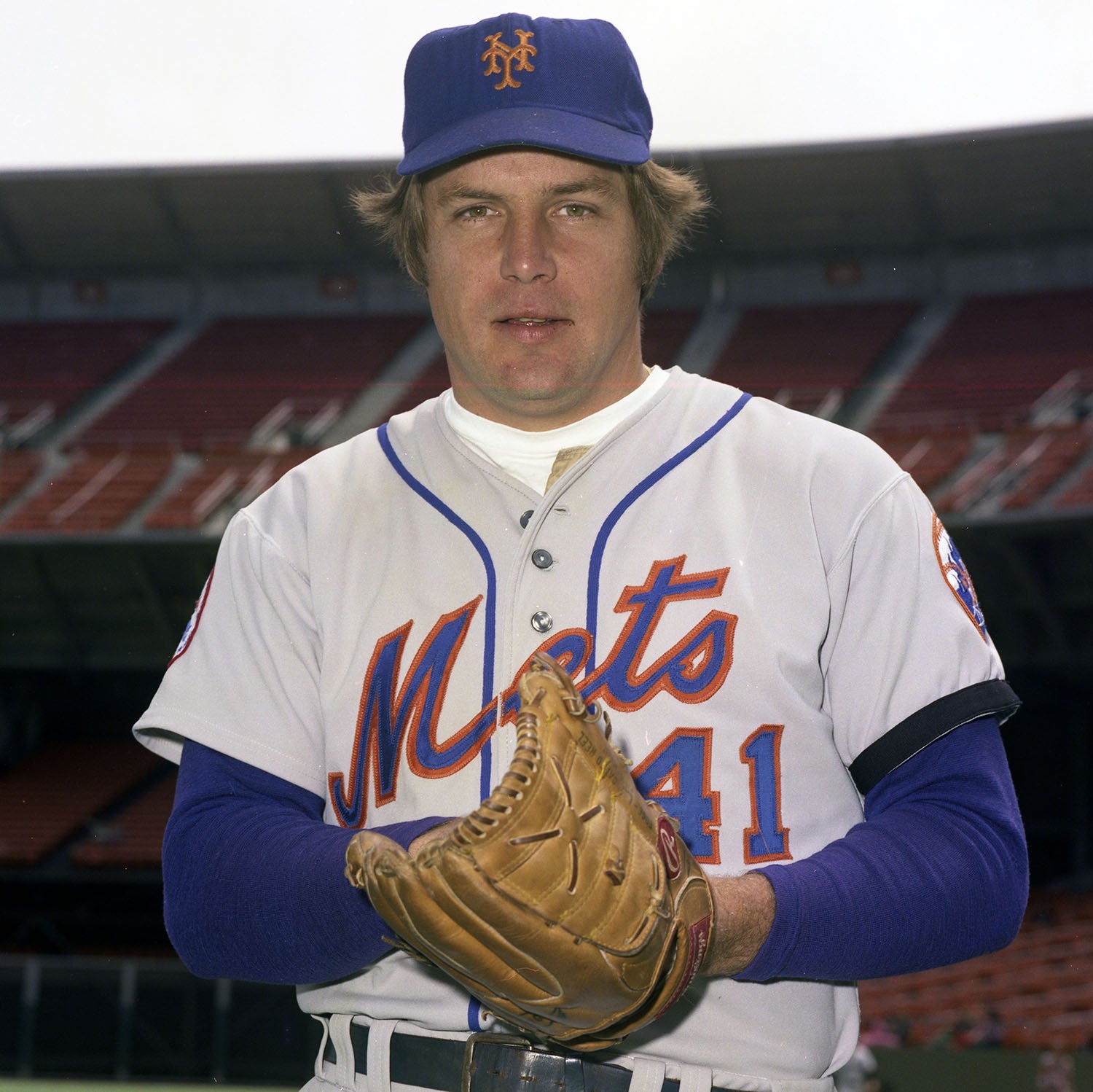- Home
- Our Stories
- Trade to Reds signaled start of second act for Seaver
Trade to Reds signaled start of second act for Seaver
It was called “The Midnight Massacre” – a trade that was unthinkable for most Mets fans and unbelievable for those who followed the Reds.
In the final hours of June 15, 1977, Tom Seaver was dealt from New York to Cincinnati, ending weeks of speculation. The Reds sent four players – Doug Flynn, Steve Henderson, Dan Norman and Pat Zachry – to the Mets, bolstering Cincinnati’s chances at a third straight World Series crown.
Official Hall of Fame Merchandise
Hall of Fame Members receive 10% off and FREE standard shipping on all Hall of Fame online store purchases.
Hall of Fame Membership
There is no simpler, and more essential, way to demonstrate your support than to sign on as a Museum Member.
For the Mets – who traded slugging outfielder Dave Kingman to the Padres on the same day – a full rebuild commenced.
“Mets Deal Stars: Seaver to Reds; Kingman to S.D.” screamed the front page of the New York Daily News in bold type that – along with a photo of Seaver – took up the entire front page.
Though the trade was shocking, it was not unexpected.
A year earlier, rumors swirled about a possible Seaver-for-Don Sutton deal between the Mets and Dodgers. Then throughout the first months of the 1977 season, tensions between Seaver and M. Donald Grant – chairman of the board for the Mets – escalated as the two parties discussed a potential contract extension.
“It is with sincere regret,” Grant said in a statement following the trade, “that we have met Tom Seaver’s request and traded him to Cincinnati.”
Seaver, then 32, had already won three National League Cy Young Awards and led the Mets to the 1969 World Series title. Widely acclaimed as the best pitcher in the game, Seaver was 7-3 with a 3.00 ERA in 13 starts at the time of the deal.
“We didn’t want to trade Tom,” Mets general manager Joe McDonald told United Press International. “But it got to a situation where he was totally unhappy.”
The Reds, meanwhile, suddenly found themselves thinking about a Three-Peat despite being seven games behind the Dodgers in the race for the NL West title.
“He’s the greatest,” Cincinnati manager Sparky Anderson told UPI about Seaver. “His statistics are incredible and the guy is a great performer. He won’t win every game, but I’ll tell you: He’ll win a bunch of them.”
Seaver made Anderson’s statement look good by going 14-3 with a 2.34 ERA in 20 starts for the Reds, finishing the season with a 21-6 record, 2.58 ERA and a big league-best seven shutouts. Cincinnati wound up 10 games behind the Dodgers, but Seaver’s performance brought him a third-place finish in the NL Cy Young Award voting.
Seaver would stay with the Reds through the 1982 season before returning to the Mets for one year and then finishing his career with the White Sox and the Red Sox. He posted a final mark of 311-205 with a 2.86 ERA and 3,640 strikeouts.
He was elected to the Hall of Fame in 1992.
“It’s happy and sad,” Seaver told the Associated Press following the trade. “It’s sad because you leave memories and people you’ve worked with for 12 years. Buddy Harrelson…Jerry Koosman…Jerry Grote. People you have love and respect for.
“I’ve given (the fans) a great number of thrills, and they’ve been equally returned.”
Craig Muder is the director of communications for the National Baseball Hall of Fame and Museum

